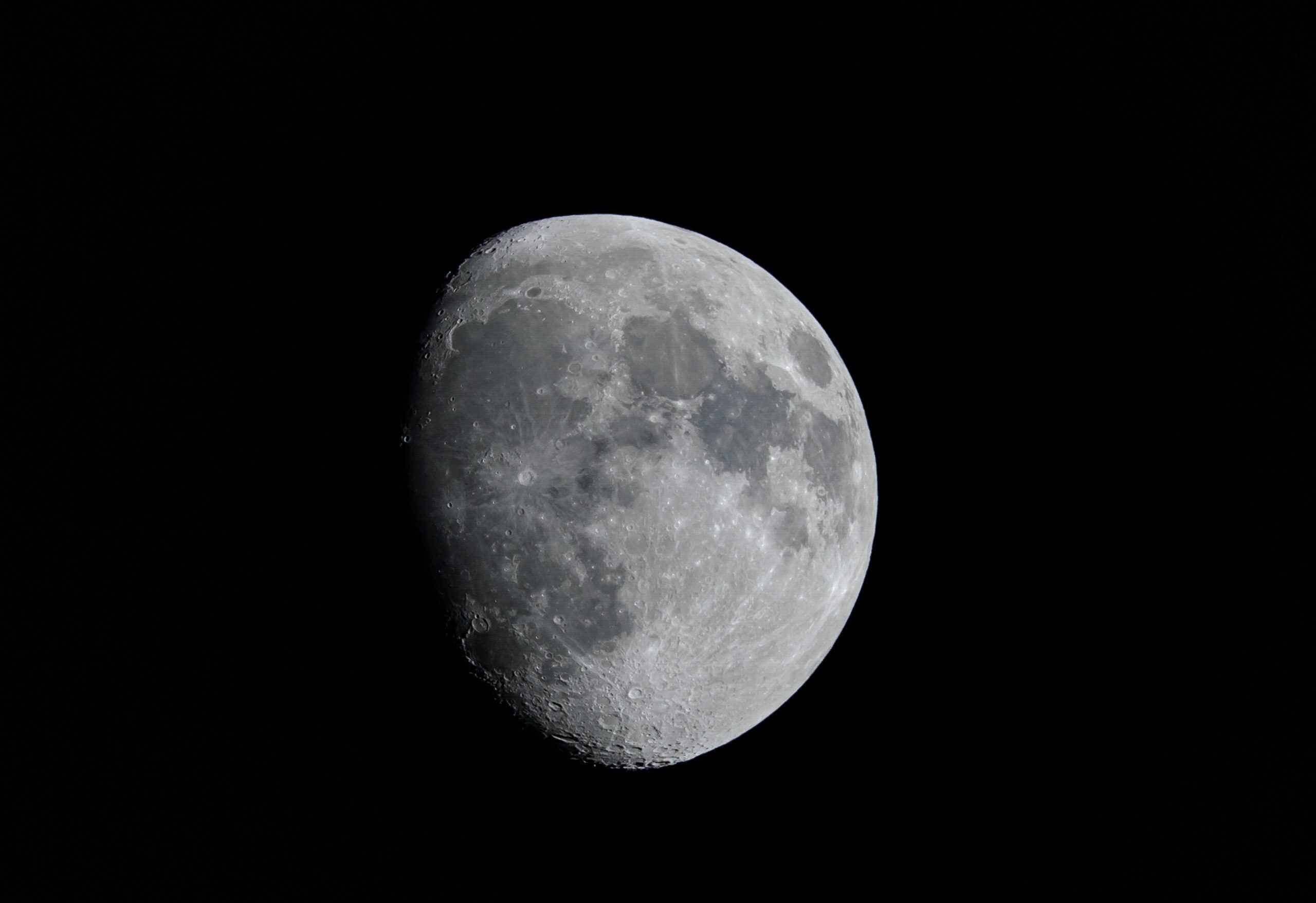Luna-25’s crash means that Russia’s first Moon mission in 47 years has failed.
Luna-25 would have been the first to ever land on the Moon’s south pole, a location that scientists think may hold frozen water and rare elements.
The areas of the Moon’s south pole are permanently in shadow, due to its orbit, meaning that water may possibly be found there.
The Russia’s state space corporation, Roscosmos reported that it lost contact with Luna-25 at 11:57 GMT on Saturday, the 19th of August, when a problem occurred as the craft was shunted into its pre-landing orbit. A soft landing on the Moon’s south pole had been planned for Monday (local time).
“The apparatus moved into an unpredictable orbit and ceased to exist as a result of a collision with the surface of the Moon,” said Roscosmos via a statement.
Roscosmos has been in decline for a number of years, as government funding has increasingly been focused into the Russian military, as well as western sanctions as a result of the Russian invasion of Ukraine.
The sanctions against Russia resulted in international space agreements being torn up, forcing Roscosmos to complete its work without international assistance.
This meant that the space agency did not have access to specialised electronics, and spacecraft developers did not have any international assistance vital to the success of any country’s lunar missions.
Russia had been in a race to the Moon’s south pole against India. The Indian Chandrayaan-3 spacecraft planned to land later this week, and dispatch a rover to explore rocks and craters around the pole.
The Luna-25 crash is a significant blow to Russia’s reputation in space, with a successful attempt likely to prove Russia’s capability without international assistance.
Russia’s last Moon mission, Luna-24, occurred in 1976, while the country was still part of the Soviet Union.






